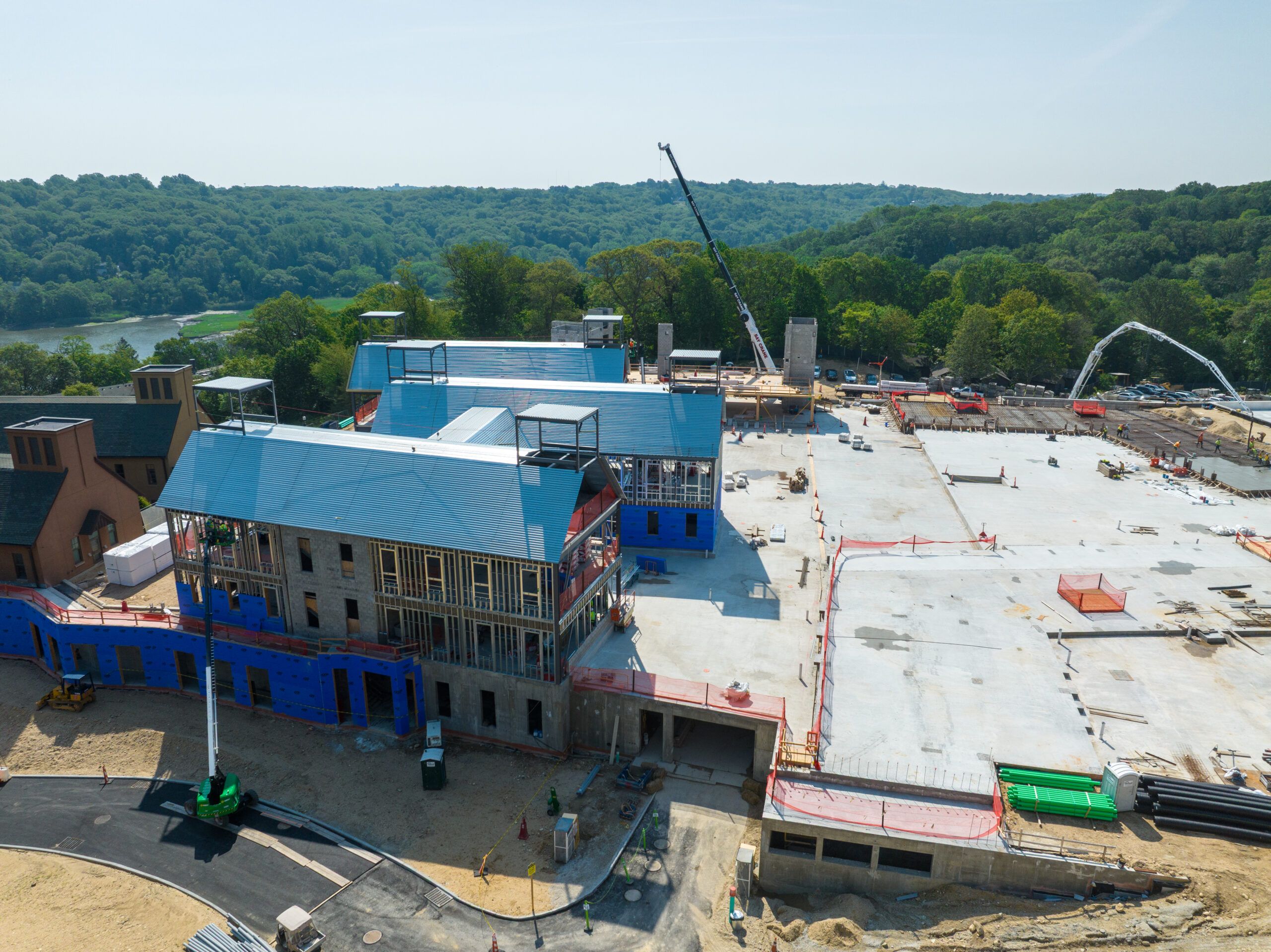Undertaking a home improvement project can bring a world of possibilities to your home and lifestyle. Whether you’re looking for more space, improved energy efficiency, added aesthetic value, or something else, planning a successful home improvement project requires considerable time and effort.
That is why we have created the ultimate guide to planning a home improvement project. In this guide, we will cover all aspects of preparing for your dream renovation. From analyzing your current situation to staying on budget and hiring professionals – we will discuss it all! With our information and advice, you can start making informed decisions that save you time and money while giving you the best results possible. Let’s get started!
1. Analyzing Your Situation
The first step of any home improvement project is to look honestly at where you are today. Before starting, it’s important to assess the current condition of your home and identify what needs to be done to improve it. Consider factors like how long you plan to stay in the home, what changes you would like or need to make, and which areas could use extra attention. Once you have identified these issues and determined their priority level, you can begin developing a plan for tackling them one by one.
The kitchen is one of the most important rooms in any home, and remodeling this area is one of the most popular home improvement projects. By considering all of the factors that go into kitchen remodeling – including design preferences, available space, current building codes, and local regulations – it becomes easier to develop a plan for completing the project efficiently. Knowing potential issues or delays ahead of time helps homeowners avoid unwelcome surprises during the construction phase.
2. Creating a Budget
Having a detailed budget for your home improvement project helps you stay on top of costs, prioritize tasks based on how much they will cost, and keep an eye on the total cost throughout the project. A well-managed budget also allows you to plan for unexpected expenses should any arise during the course of the project.
In addition to helping manage costs, having a comprehensive budget can also be a helpful tool for obtaining financing for your project. Banks and other lenders will often require an accurate budget to evaluate the risk involved in providing financing. As such, having a detailed budget is key to securing the necessary funds to complete your home improvement project.
3. Choosing Quality Materials
When it comes to planning a home improvement project, choosing quality materials is one of the most important steps. Quality materials form the foundation of your project and ensure that everything runs smoothly from start to finish. Quality materials last longer and look better and provide more value for money due to their superior durability and performance.
In addition to lasting longer, quality materials are less likely to require repair or replacement. Low-quality materials can quickly deteriorate or become faulty, resulting in costly problems. The additional cost of replacing low-quality parts can easily exceed any savings made at the time of purchase. To avoid this problem, it’s best to invest in high-quality building supplies immediately.
Choosing quality materials for your home improvement project also ensures that the finished result looks its best. Low-quality materials can look unsightly and detract from the property’s overall aesthetic. Quality materials, however, stand out and give your home a professional finish. Proper planning and attention to detail is essential when building or remodeling, so using high-end supplies will ensure that everything looks great.
4. Finding Professional Help
Depending on the complexity of your project and your own skillset, you may need to enlist the help of professionals at some point during the process. When looking for a professional to hire, take the time to research their qualifications, read reviews from past clients, and request an estimate for services rendered. This will ensure that you work with someone reliable, knowledgeable, and trustworthy.
5. Preparing Your Home
Once you have gathered all of the materials and hired any necessary professionals, it’s important to properly prepare your home for renovation work. This can include moving furniture away from work areas, preparing surfaces to be worked on, and covering floors and other vulnerable areas. Preparation is key when it comes to any home improvement project, so make sure you have taken all the necessary steps before beginning your work.
6. Staying Safe
Safety should always be your priority during a home improvement project. Depending on the type of work being done, you may need to take extra precautions such as wearing protective gear, using safety tools, and following proper procedures. If you’re not confident in completing certain tasks yourself, don’t hesitate to ask for help from a professional or consult an expert guide.

By taking into account all of these steps – from analyzing your current situation, creating a budget, selecting quality materials, finding professional help, preparing your home, and staying safe – you can begin planning for your dream renovation today. With our tips in mind, you’ll be ready to start renovations quickly and efficiently.












